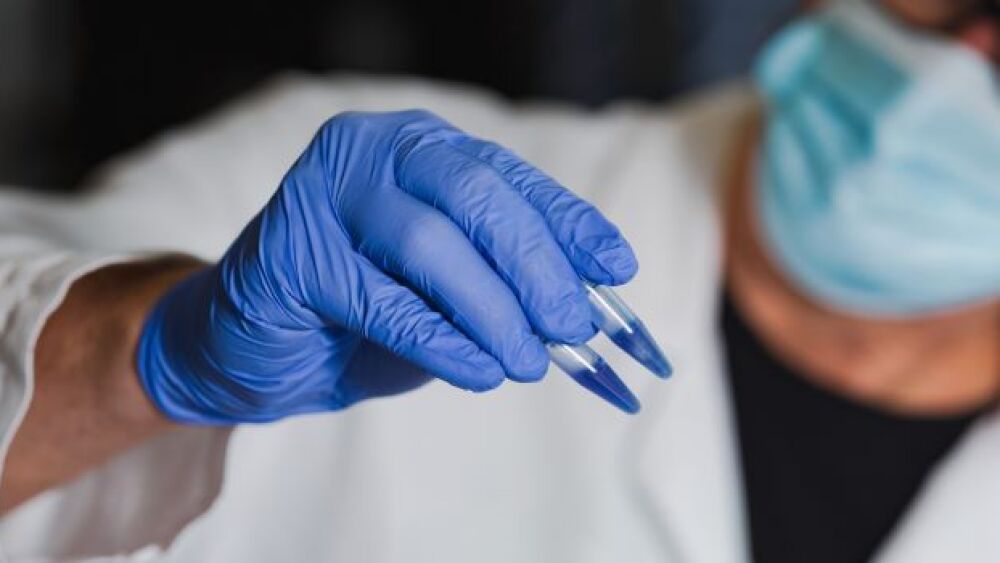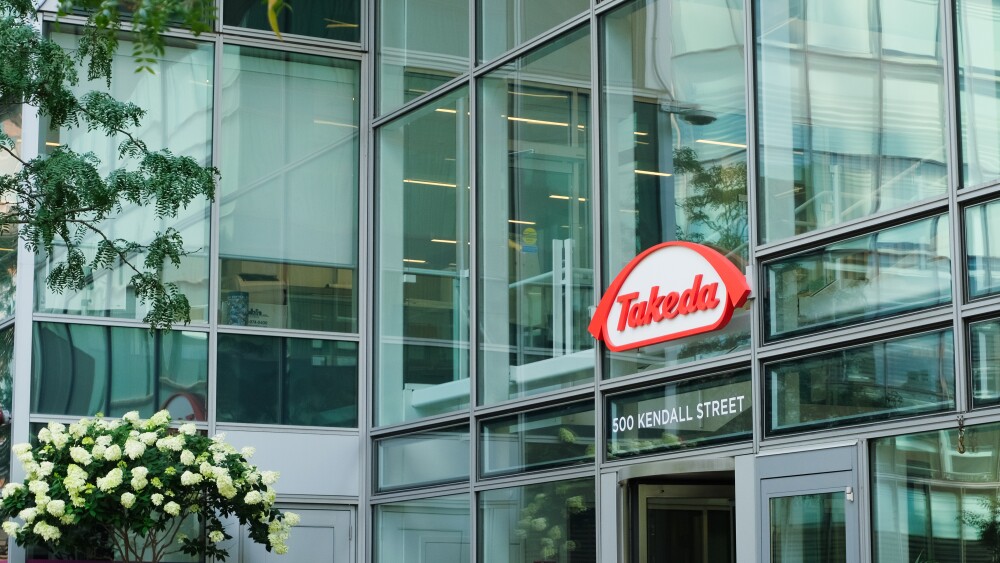Current COVID-19 booster shots have a problem: they last only about four months and appear to have limited efficacy in a vaccinated population. Clearly, a more durable approach is needed.
Pictured: the development of AAHI’s bivalent RNA vaccine candidate/courtesy of Access to Advanced Health Institute
Current COVID-19 booster shots have a problem: they last only about four months and appear to have limited efficacy in a vaccinated population. Clearly, a more durable, more efficacious vaccine is needed, but what should it be?
The scientific community has not reached a consensus.
“What scientists agree on is that the first generation of vaccines are quite effective at preventing deaths and hospitalizations, but have become slightly less effective as the virus has mutated,” Corey Casper, M.D., president and CEO, Access to Advanced Health Institute - Seattle (AAHIS), and clinical professor of medicine and global health at the University of Washington, told BioSpace.
“It’s pretty obvious now that after about four months, the impact of a complete vaccination series wanes,” he said. In the U.S., only mRNA boosters have FDA authorization. “We think that with the current vaccines, you’ll need a booster every four months,” Casper noted.
“The vaccines still maintain a high degree of efficacy against death and hospitalization, but they’re less effective at preventing infection or mild illness…which is why this outbreak continues. That is leading some scientists to question the efficacy of current boosters and whether they’re needed.”
Casper cited two studies from Israel. One involved individuals of all ages and the other only people aged 50 and up. In both groups, there were very low rates of severe illness and death and slightly fewer cases of severe illness among those over age 50 who were boosted. “Based on that, there’s consensus that boosters should be recommended for those over age 65, and enthusiasm for boosters for those over age 50,” he said.
“The durability from those boosters could be as short as four weeks, so there was concern that the effect of the booster was moderate and that we could do a lot better.”
Scientists think a mix-and-match strategy that adds an adenovirus-based vaccine to an mRNA-based vaccine elicits more robust immune responses than either vaccine alone. Unfortunately, Casper said, “The protection afforded is still suboptimal.”
Consequently, scientists are trying to develop a better booster. “I don’t think that solution will come from the authorized or approved vaccines, but it will come from a new vaccine,” Casper predicted.
The U.S. Food and Drug Administration’s Vaccines and Related Biological Products Advisory Committee recognized the limitations of the current vaccines during its April meeting, but seemed to favor a strategy similar to that of influenza vaccines, “which is only modestly effective,” Casper said.
Meanwhile, pan-coronavirus vaccines are being neglected. These next-generation vaccines have some unique characteristics. “Many are active against all current and future variants of coronavirus, and also are durable, with protection that could last years. I think this is where the focus needs to lie but, unfortunately, that’s not where the U.S. government’s funding priorities are right now,” Casper said.
Nonetheless, next-generation boosters are needed. Whatever they are, they must be accessible, broad and durable. Therefore, they must be shelf-stable without undue refrigeration (which isn’t uniformly available throughout the world). As Casper told BioSpace, “I was just speaking with colleagues in South Africa. They said 12 million doses of the Pfizer vaccine are being thrown out this week because they can’t distribute them – they have to be kept too cold – even though less than 30% of the people there have been vaccinated.”
To increase vaccine breadth, he said, “Scientists must include more elements of the virus in the vaccine.” This can be done through bi-valent vaccines that include two strains of the virus, such as the Wuhan strain and the Omicron variant, or by including other proteins from the virus, such as the spike (S) protein and the nucleocapsid (N) protein. “We predict those vaccines would be effective even if the virus mutates because they are directed against a part of the virus that rarely mutates.” Several organizations are developing pan-coronavirus vaccines using this strategy.
A third way to increase breadth and durability “is to include an immune stimulant in the vaccine. Since the 1930s, an aluminum-based adjuvant has been included in many vaccines that give them a strong immune response. But the current mRNA vaccines in the U.S. do not have an adjuvant.” Adding an immune stimulant to the mRNA vaccines could help them last years, Casper said. “Some adjuvanted vaccines currently in animal studies are predicted to last nearly a decade.”
AAHI, a nonprofit biotech research institute, is developing two key technologies to improve COVID-19 vaccines and boosters. Its adjuvants have been added by more than a dozen vaccine manufacturers to elicit a broad response. One vaccine developed by the NIH is entering Phase I trials to provide pan-coronavirus protection.
Casper’s team is also working on RNA vaccines with researchers at ImmunityBio and BARDA. “Ours is a bit different in that it is both self-amplifying and also contains an adjuvant…which makes it strong and durable. It’s also being developed as a nasal spray,” he said.
Such advancements represent the next generation of vaccines and, because they confer broad immunity and longer durability, this new generation of vaccines should be strongly considered for use as COVID-19 boosters.







